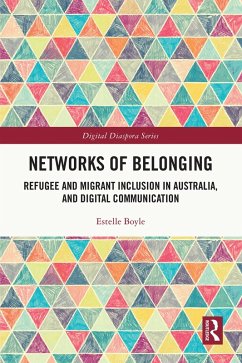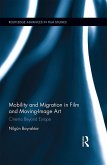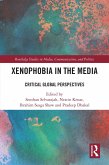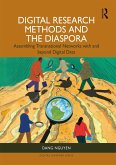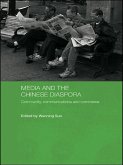The internet has become a primary facilitator for social connection, transforming how displaced and mobile people maintain relationships across distance. For communities facing significant barriers to connection, such as globally dispersed social networks and often the inability to return to their place of origin, digital technologies can offer vital pathways to belonging and social inclusion in new environments. The book begins by considering the history of refugee and migrant inclusion in Australia and the historical practice of migrant letter-writing, as a critical analogue reference point to today's digital ubiquity. By investigating how communication technologies enable access to social connection, particularly among those navigating resettlement, the research offers lived perspectives on the evolving nature of digital sociality and its importance for refugee and migrant communities. Three key dyadic relationships of interstitiality frame the analysis: Inclusion-exclusion, digital-physical, and local-global. This approach highlights the nuances of situated lives and personal narratives gathered through qualitative interviews and photo-elicitation with people of refugee and migrant backgrounds in Melbourne, Australia, while advocating for a relational understanding of social inclusion, exclusion, and belonging; digital and physical sociality; and a local and global sense of place. This book will be of value to students and researchers across multiple fields, including media and communications, refugee and migration studies, social inclusion, multiculturalism and belonging, and digital communication.
Dieser Download kann aus rechtlichen Gründen nur mit Rechnungsadresse in A, B, BG, CY, CZ, D, DK, EW, E, FIN, F, GR, HR, H, IRL, I, LT, L, LR, M, NL, PL, P, R, S, SLO, SK ausgeliefert werden.

